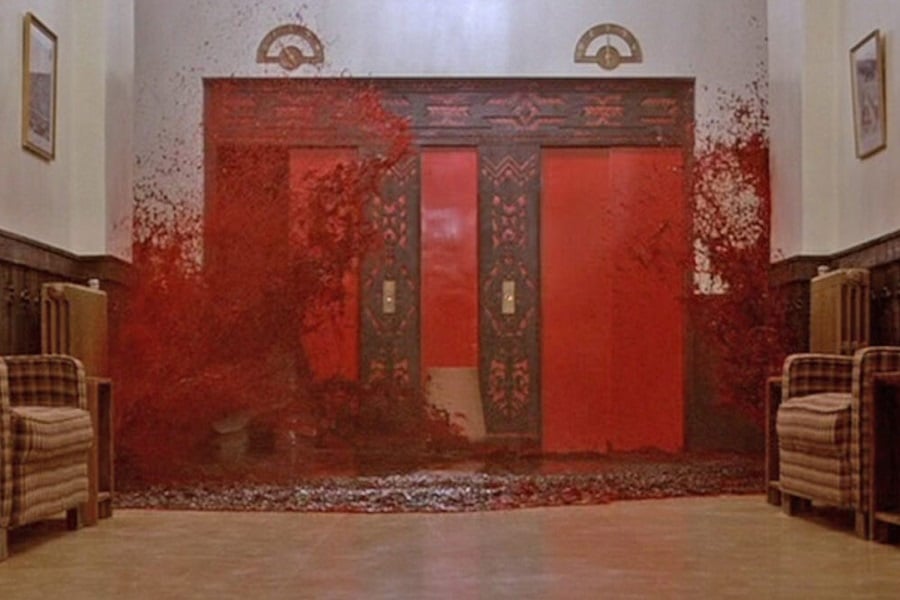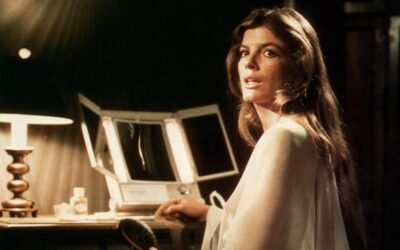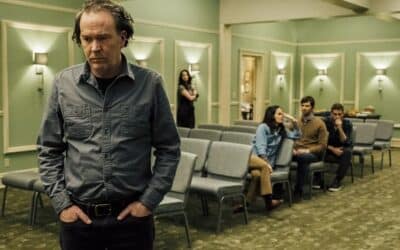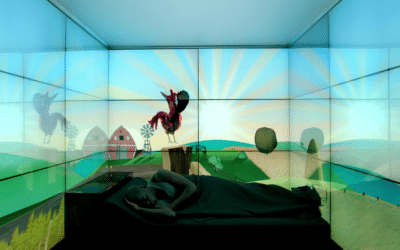
Nightmares in Horror
Dreams and nightmares have long served as fertile ground for the seeds of horror fiction. These nocturnal narratives, crafted by the subconscious mind, often blur the lines between reality and fantasy, weaving tales that chill to the bone.
Within the realm of horror literature and its screen adaptations, the exploration of dreams offers a unique vantage point to understand the human psyche, fears, and the dark corners of imagination.
The exploration of dreams in horror is far from a modern invention. Historical texts and folklore are rife with references to dreams as omens or portals to otherworldly dimensions. However, it was not until the literary and cinematic realms began to delve into psychological horror that dreams found their true calling as a medium for terror.
One of the seminal works in this area is “The Turn of the Screw” by Henry James. This classic novella intertwines the supernatural with the psychological, leaving readers to ponder whether the ghosts are real or the mere projections of the protagonist’s troubled mind. The ambiguity of James’s narrative creates a dream-like atmosphere where reality is constantly in question, setting a precedent for future horror stories.
In the world of film, “A Nightmare on Elm Street” directed by Wes Craven, takes the concept of dreams and turns it into the ultimate battleground. The film’s antagonist, Freddy Krueger, hunts his victims in their dreams, where they are most vulnerable. This concept not only introduced a new kind of terror but also emphasized the uncontrollable and unpredictable nature of dreams. It highlighted how the subconscious mind could become a prison of fear, manifesting our deepest anxieties into a tangible form.
Moving beyond the confines of traditional horror, “The Shining” by Stephen King and its iconic film adaptation by Stanley Kubrick, showcases how dreams and visions are instrumental in unraveling the psychological decline of its main character, Jack Torrance. The Overlook Hotel, with its haunted history, becomes a character in its own right, infiltrating Jack’s dreams and driving him towards madness. King’s use of dreams in “The Shining” serves as a metaphor for Jack’s inner demons and foreshadows his eventual downfall, illustrating how dreams can mirror our darkest thoughts.
On a somewhat different note, “The Sandman” graphic novel series by Neil Gaiman delves into the very fabric of dreams. The series personifies Dream as one of the Endless, entities that embody various aspects of the human condition. Through its narrative, “The Sandman” explores the importance of dreams in shaping realities, beliefs, and fears. It portrays the dream world as a vast, unexplored frontier, ripe with the potential for both wonder and horror. Gaiman’s work is a testament to the power of dreams to influence not just individual lives but the collective unconscious.
The psychological thriller “Jacob’s Ladder” tackles the theme of dreams through the lens of trauma and the human capacity for denial. The protagonist’s experiences, which straddle the line between reality and nightmare, serve as a poignant commentary on the impact of war on the human psyche. The film’s unsettling imagery and disjointed narrative structure mimic the disorienting nature of nightmares, drawing viewers into a maze of perception and reality.
In literature, “The Lathe of Heaven” by Ursula K. Le Guin takes the concept of dreams affecting reality to a literal level. The protagonist’s dreams have the power to alter the fabric of existence, a premise that raises questions about the nature of reality and the subconscious mind’s role in shaping it. Le Guin’s novel is a profound exploration of the ethical and philosophical dilemmas posed by such power, set against the backdrop of a world that is constantly being rewritten by one man’s dreams.
These examples merely scratch the surface of how dreams and nightmares have been woven into the tapestry of horror fiction and beyond. The fascination with dreams stems from their mystique, their uncontrollable nature, and the way they can suddenly turn from whimsical to horrifying. As a literary and cinematic device, dreams offer a limitless canvas for exploring the unknown, confronting fears, and questioning reality.
The relationship between dreams and horror fiction underscores a universal truth: the most profound fears are those that lurk within the human mind. Whether it’s the fear of losing control, the dread of the unknown, or the terror of one’s darkest desires, dreams serve as a mirror reflecting our deepest anxieties. Through the lens of horror, dreams become a medium through which the subconscious speaks, revealing truths too terrifying for the waking world.
As horror fiction continues to evolve, the role of dreams and nightmares remains a constant, a testament to their enduring power to captivate, terrify, and fascinate. These stories remind us that sometimes the scariest landscapes are not those found in the external world but within the boundless realms of our own minds. Whether through the pages of a book or the scenes of a movie, the exploration of dreams invites us on a journey into the unknown, challenging us to confront our own fears.
More Horror Features
1970s Horror
The 1970s may be gone, but the fear they inspired remains
Horror Through the Ages
A Journey Through Time and Terror
Technology in Horror
When gadgets become nightmares



